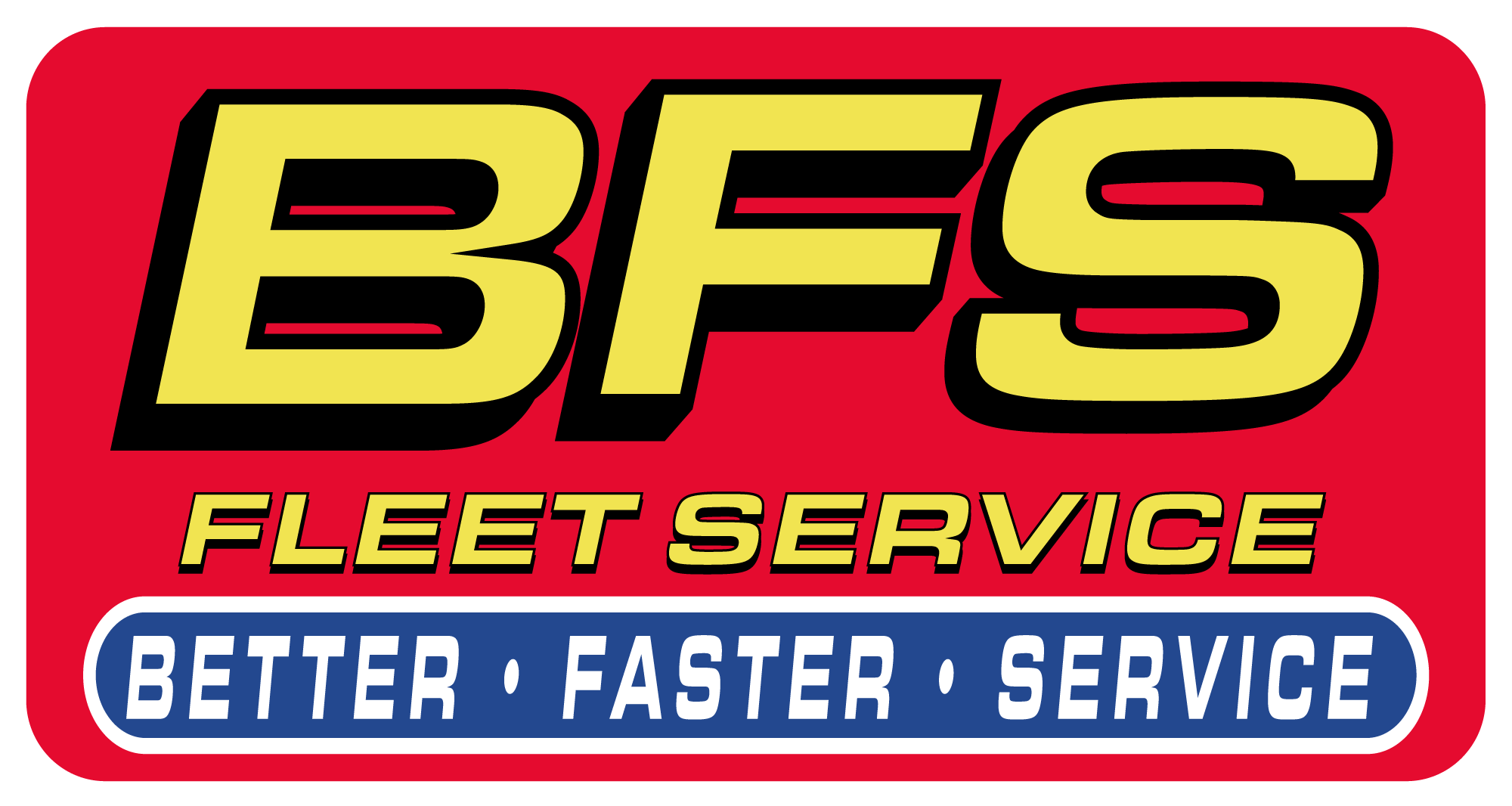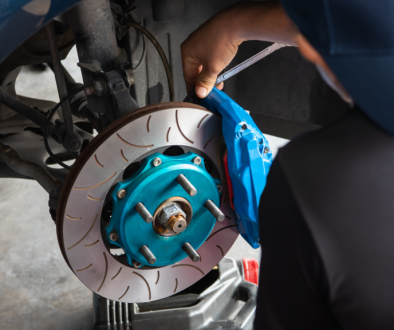As someone who has spent countless hours in the garage fixing trucks or running diagnostics on brake systems, I can tell you this—brake systems are not something you want to gamble with. Whether you’re a fleet owner, an independent operator, or a mechanic trying to brush up on your skills, understanding how truck brake systems work and how to maintain them is critical to keeping your trucks safe on the road.
Why Truck Brake Systems Are Crucial
Trucks don’t stop on a dime. Add thousands of pounds of cargo, and the margin for error becomes razor-thin. Your brake system is the one thing standing between a safe stop and a serious accident.
Brake Systems Keep You Safe By:
- Controlling speed during steep descents.
- Allowing smooth, safe stops in traffic.
- Preventing catastrophic failures during emergencies.
How Truck Brake Systems Work
Trucks use compressed air to apply force to the brake pads and stop the wheels. This system is different from the hydraulic brakes found in cars and is designed to handle heavy loads.
Main Components of a Truck Brake System
- Air Compressor: Generates air pressure needed for braking.
- Brake Chambers: Convert air pressure into mechanical force.
- Slack Adjusters: Ensure proper contact with drums or rotors.
- Drums and Shoes (or Pads): Create friction to slow the truck down.
Common Causes of Brake System Problems
1. Overheating
Excessive heat causes brake fade, reducing stopping power. If not addressed, it can warp drums or rotors.
2. Air Leaks
Even a small air leak reduces brake efficiency. Warning signs include sluggish braking or warning lights.
3. Worn Brake Shoes or Pads
Brake shoes and pads wear down over time, causing squealing or grinding noises. Replacing them early prevents damage to other parts.
4. Faulty Slack Adjusters
Misaligned slack adjusters lead to poor braking. They must be correctly positioned to ensure effective stopping power.
Signs Your Brake System Needs Attention
- Spongy or Soft Pedal Feel: May indicate air in the lines or leaks.
- Pulling to One Side: Could be caused by uneven braking components.
- Vibrations When Braking: Often due to warped drums or rotors.
- Delayed Braking Response: Usually points to air pressure issues.
How Brake Repairs Are Done
Step 1: Diagnose the Problem
Inspect the system for worn parts, leaks, or misalignment.
Step 2: Replace Worn Components
Brake shoes, pads, and drums wear out the fastest. High-quality replacements last longer.
Step 3: Adjust Slack Adjusters
Resetting them ensures proper brake stroke and even wear.
Step 4: Test the System
Check for air pressure consistency, leaks, and stopping performance.
How to Prevent Brake Problems
- Regular Inspections: Check brakes every 10,000-15,000 miles.
- Replace Parts on Time: Don’t wait until grinding noises appear.
- Monitor Air Pressure: Ensure proper air tank pressure.
- Lubricate Moving Parts: Reduces friction and prevents premature wear.
The Cost of Neglect
Ignoring minor brake issues can lead to major expenses. A small $500 repair can turn into a $3,000 job if not addressed early.
Conclusion
Truck brake systems are the backbone of road safety. Regular maintenance and early intervention prevent costly repairs and ensure your truck operates at peak performance. Pay attention to warning signs and never neglect your brakes.
FAQs About Truck Brake System Repair
1. How often should I inspect my truck’s brakes?
Every 10,000 to 15,000 miles or as recommended by the manufacturer.
2. Why do my brakes make a squealing noise?
Brake pads are likely worn down and need replacing.
3. Can air brakes freeze in cold weather?
Yes. Moisture in the air lines can freeze, causing brake failure. Regular air dryer maintenance helps prevent this.
4. How do I know if my slack adjusters are properly adjusted?
The brake stroke should match manufacturer specifications. If uneven, adjustment is needed.
5. What’s the lifespan of brake components?
Brake shoes and pads typically last 40,000 to 70,000 miles, but it varies based on usage.




